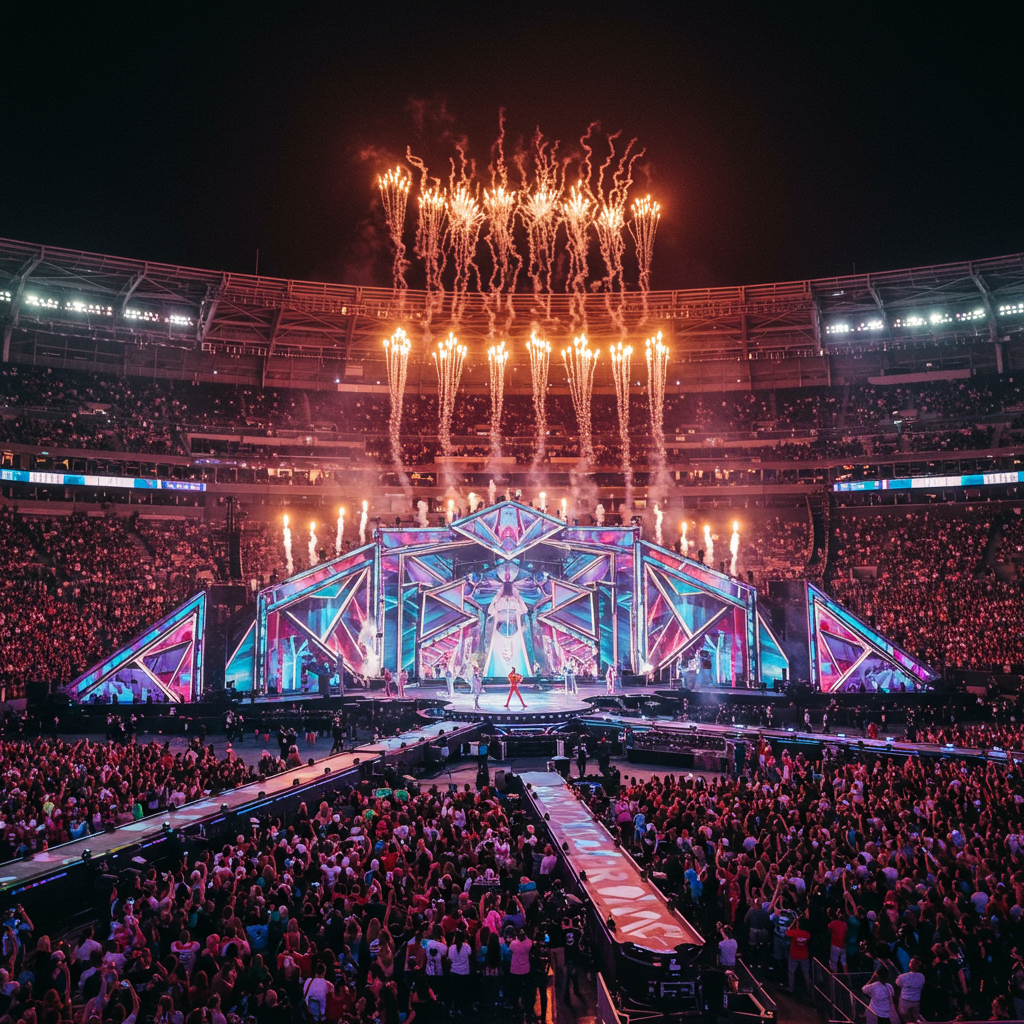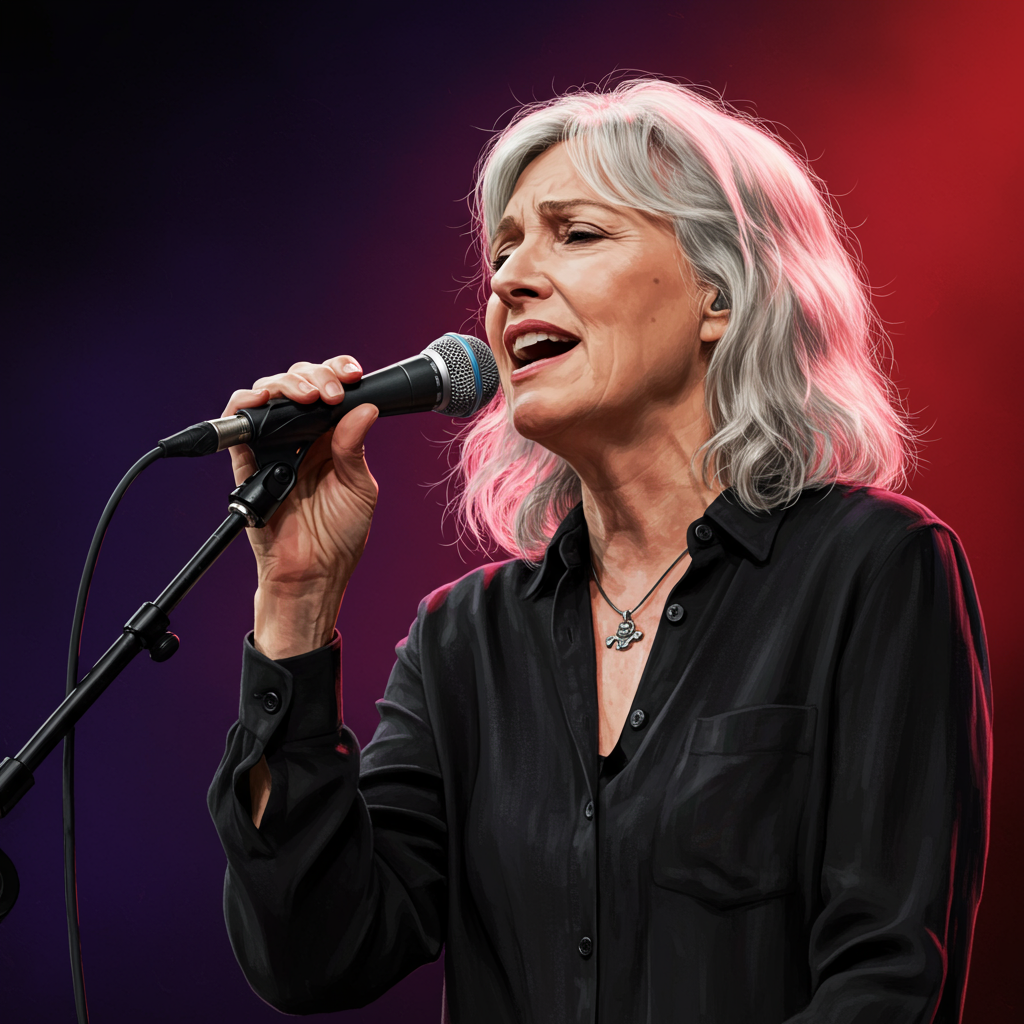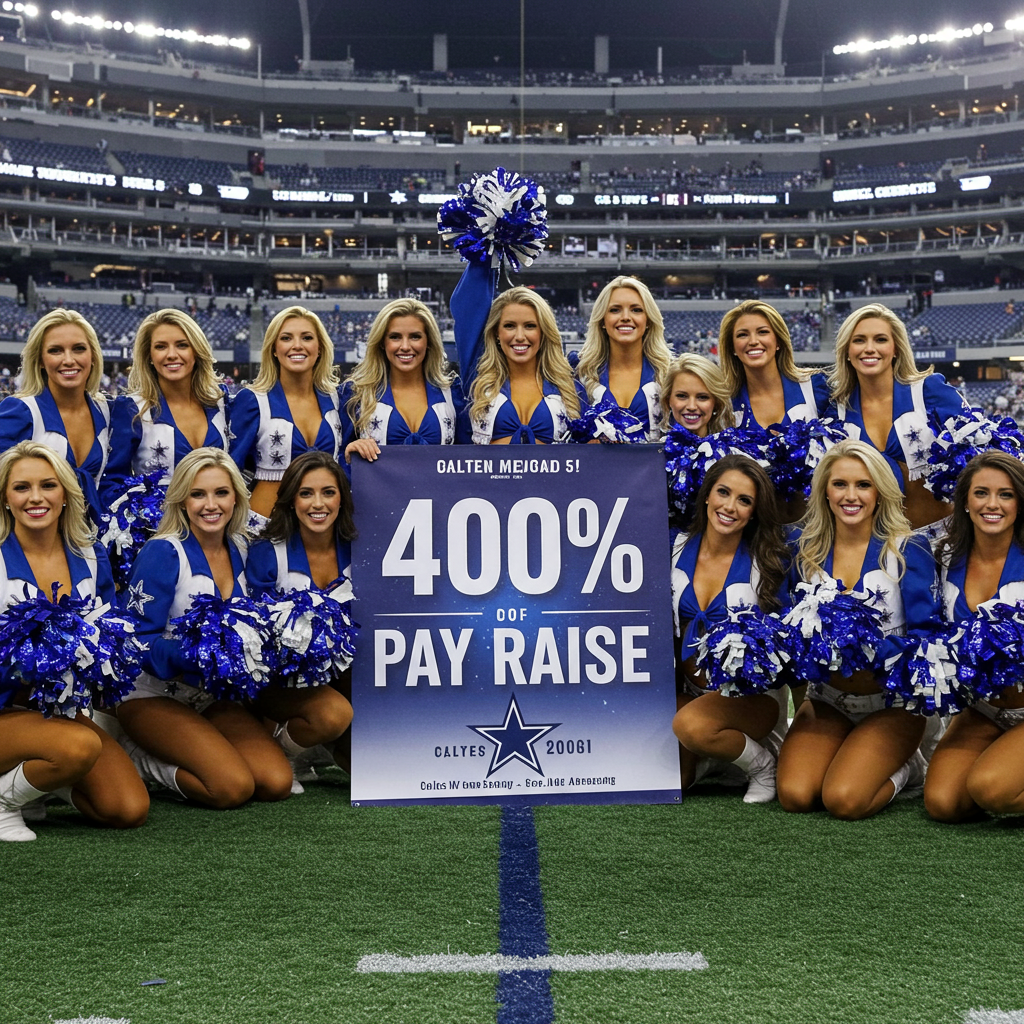The National Football League is once again setting the stage for a Super Bowl halftime show that promises more than just musical entertainment. Superstar Puerto Rican artist Bad Bunny, also known as Benito Antonio Martínez Ocasio, is slated to headline Super Bowl LX in 2026, a selection that’s both undeniably popular and deeply provocative. This move continues a recent trend by the NFL to embrace performers known for their potent social and political commentary. Get ready for a performance sure to ignite conversations far beyond the gridiron.
A New Era of Halftime: Beyond the Music
Bad Bunny’s announcement follows closely on the heels of Kendrick Lamar’s politically charged Super Bowl LIX performance. Lamar, a Grammy-winning rapper from Compton, California, utilized his 2025 stage to highlight systemic inequality and racism in the United States. His powerful imagery, choreography, and lyrics resonated deeply, yet also drew the ire of some conservative viewers, especially as President Donald Trump attended the game. This precedent shows the NFL, through its partnership with Roc Nation, is intentionally curating artists who challenge the status quo.
Lamar’s artistic expression was a significant moment. It suggested a shift in what a Super Bowl halftime show could represent. This wasn’t merely about catchy tunes; it was a platform for commentary. The decision to bring Bad Bunny to the world’s biggest stage suggests the league is leaning further into this direction, embracing artists whose influence transcends music.
Bad Bunny’s Unapologetic Activism
Benito Martínez Ocasio is no stranger to controversy or using his immense platform for political discourse. While Lamar often channels his sentiments through abstract art, Bad Bunny has been notably more direct. In 2024, he publicly endorsed Vice President Kamala Harris during her presidential campaign against Trump. This endorsement wasn’t subtle; he reposted a video of Harris directly criticizing Trump’s handling of Hurricane Maria’s devastation in Puerto Rico in 2017.
Harris’s poignant words in the video, “I will never forget what Donald Trump did and what he did not do when Puerto Rico needed a caring and a competent leader,” resonated with Ocasio. She added, “He abandoned the island, tried to block aid after back-to-back devastating hurricanes and offered nothing more than paper towels and insults.” This powerful statement underscored a deep frustration shared by many, including Bad Bunny, regarding the response to the natural disaster.
Ocasio’s activism gained further public attention after comedian Tony Hinchcliffe made offensive remarks about Puerto Rico at a Trump rally in New York City. Hinchcliffe described the US commonwealth as “a floating island of garbage.” Ocasio, present in New York City at the time, later expressed his anger and dismay on The New York Times’ “Popcast” podcast. He found the comments “bothersome,” emphasizing that a political rally was no place for such insensitive jokes. His music video for “NUEVAYoL” further cemented his political stance, critiquing some of Trump’s policies while celebrating his Puerto Rican heritage.
Beyond the Stage: Personal Stances and Fan Safety
Bad Bunny’s commitment to his beliefs extends beyond political endorsements and music videos. He revealed to i-D magazine that he deliberately excluded the continental United States from his 2025-2026 concert tour. His reasoning was profound: a genuine fear that US Immigration and Customs Enforcement (ICE) could potentially raid his concert venues, endangering his fans.
“There were many reasons why I didn’t show up in the US, and none of them were out of hate—I’ve performed there many times,” Ocasio stated. He cherished connecting with Latino fans living in the US during past tours. However, the potential risk posed by ICE was a serious concern for him and his team. This decision steered him towards a residency in Puerto Rico, which proved to be an economic boon for his homeland. His unwavering dedication to his community and the safety of his fans highlights a deep-seated commitment.
The NFL’s Enduring Dance with Controversy
Bad Bunny’s selection for the Super Bowl halftime show has, predictably, drawn sharp criticism from some on the right. Many have labeled Ocasio a “Trump hater,” fueling a heated cultural debate. However, the NFL is no stranger to navigating politically charged waters and public backlash. The league has a complex history with cultural controversies.
A prominent example is Colin Kaepernick, the former San Francisco 49ers quarterback. In 2016, Kaepernick sparked a national debate by kneeling during the National Anthem. His protest aimed to raise awareness about police brutality and racial inequality in the US. His subsequent release from the team and perceived blackballing by the NFL led to widespread calls for a boycott.
In response to public anger and a desire to address social justice issues, the NFL formed a significant partnership in 2019. They joined forces with Roc Nation, the entertainment company founded by rapper and entrepreneur Jay-Z. This deal appointed Jay-Z as the live music entertainment strategist, tasked with producing the halftime show and aiding the NFL’s social justice initiatives. The partnership, extended in 2024, was initially met with criticism, with some accusing Jay-Z of selling out. He defended his decision, stating, “The NFL has a great big platform, and it has to be all-inclusive. They were willing to do some things, to make some changes, that we can do some good.” This commitment to inclusivity is clearly visible in the selections of both Lamar and Ocasio. Jay-Z himself praised Bad Bunny, noting, “What Benito has done and continues to do for Puerto Rico is truly inspiring. We are honored to have him on the world’s biggest stage.”
Sports, Politics, and Public Reaction: A Broader View
The intertwining of major sporting events with political statements and intense public reaction is not unique to the NFL. High-stakes competitions often become platforms where cultural clashes and fervent fan behavior spill over. While the Super Bowl halftime show offers a global stage for artistic and often political expression, the phenomenon of intense public scrutiny and even abuse is a broader concern in sports.
Consider a recent example from the Ryder Cup in Bethpage, New York. Team Europe secured a stunning victory over the American team. However, the triumph was significantly overshadowed by what many European players described as “dreadful abuse” from sections of the American galleries. Rory McIlroy became a primary target for “unprintable vulgarities” and “deeply personal insults,” even directed at his wife. Police officers with dogs were deployed around his group due to the intensity of the crowd’s behavior. McIlroy, despite making light of it later, emphasized that such “unacceptable and abusive” language, even from a minority of fans, leaves a lasting mark. He lamented that fans seemed more inclined to jeer opponents than support their own players.
This incident underscores that while artist activism at the Super Bowl creates discussion, the broader landscape of public events can also generate significant, sometimes aggressive, public reactions. It highlights the fine line between passionate support and unacceptable behavior, reminding us that major events often reflect and amplify societal tensions. The NFL, like other sports organizations, must constantly navigate these complex dynamics.
The Road to Super Bowl LX
Super Bowl LX is scheduled to take place at Levi’s Stadium in Santa Clara, California, on Sunday, February 8, 2026. With Bad Bunny at the helm of the halftime show, anticipation is already building. His past actions and outspoken nature suggest a performance that will be visually stunning, culturally resonant, and potentially politically charged. The NFL, through its strategic alliance with Roc Nation, appears ready to embrace this evolution, positioning the Super Bowl halftime show not just as entertainment, but as a vital stage for cultural dialogue and artist activism. It’s a bold choice that underscores the league’s recognition of music’s power to both entertain and provoke thought.
Frequently Asked Questions
Why is Bad Bunny’s Super Bowl halftime selection considered controversial?
Bad Bunny, whose real name is Benito Antonio Martínez Ocasio, is known for his overt political activism, which distinguishes him from many mainstream performers. His past actions, such as endorsing Vice President Kamala Harris, criticizing former President Donald Trump’s response to Hurricane Maria in Puerto Rico, and speaking out against offensive comments made about his homeland, have made him a polarizing figure for some. His selection continues a trend of the NFL featuring artists with strong sociopolitical viewpoints, following Kendrick Lamar’s similarly impactful performance, leading to discussions about the intersection of sports, entertainment, and politics.
Who is producing the Super Bowl halftime show and what is their role in addressing controversy?
The Super Bowl halftime show is produced in partnership with Roc Nation, an entertainment company founded by Jay-Z. As part of a deal initiated in 2019 and extended in 2024, Jay-Z serves as the NFL’s live music entertainment strategist. His role involves curating the halftime show and guiding the league’s social justice initiatives. This partnership aims to leverage the Super Bowl’s massive platform for inclusivity and positive change. Jay-Z has publicly defended the collaboration, emphasizing the NFL’s willingness to make changes and do good, suggesting a deliberate embrace of diverse artists with strong voices.
What impact might artist activism have on future Super Bowl halftime performers?
The selection of artists like Kendrick Lamar and Bad Bunny, both known for their political commentary, suggests a growing trend towards incorporating artist activism into the Super Bowl halftime show. This could lead to future performers being chosen not just for their musical prowess but also for their cultural impact and willingness to use their platform for social discourse. It indicates the NFL’s evolving strategy, possibly viewing the halftime show as an opportunity for broader cultural relevance and dialogue, which might encourage more artists to express their viewpoints through this highly visible medium. This shift reflects a recognition of music’s power to both entertain and provoke thought on a global scale.
Conclusion: A Stage for More Than Music
Bad Bunny’s upcoming Super Bowl LX halftime performance transcends mere entertainment; it represents a significant cultural moment. His selection by the NFL, facilitated through its partnership with Roc Nation, signals a deliberate embrace of artists who challenge, provoke, and inspire dialogue. From Kendrick Lamar’s powerful statements to Bad Bunny’s unapologetic activism and commitment to his community, the Super Bowl stage is evolving. It is becoming a prominent arena where music, politics, and social justice converge, shaping public discourse and reflecting the complex cultural fabric of our times. As we look towards Super Bowl LX in Santa Clara, California, the world will be watching, not just for the game, but for the powerful messages conveyed through its halftime spectacle.




